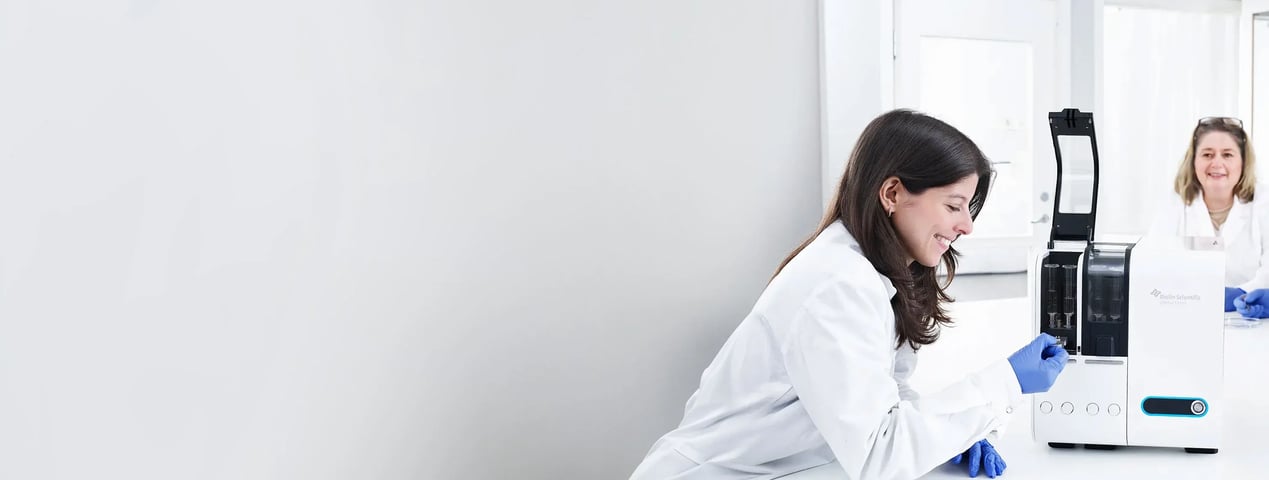The development and optimization of cleaning formulations and protocols require detailed insights into the interactions between cleaning agents, soils, and surfaces. Traditional analysis methods and before-and-after assessments lack the capability to provide time-resolved information on the cleaning process. A limitation that complicates efforts to achieve optimal product performance.

Insights into the cleaning dynamics would help guide the development towards optimal product performance. QSense® QCM-D technology offers comprehensive analysis of cleaning processes, providing detailed information about soil wetting, removal rates, surface etching, and soil re-deposition. This facilitates a deeper understanding of the cleaning process and helps optimizing cleaning formulations and protocols in a resource-efficient manner
Real-time, nanoscale analysis of cleaning dynamics, including soil removal, wetting, and surface interactions, enables efficient optimization of formulations and protocols.
Detailed monitoring of surface etching and residuals ensures effective cleaning while minimizing surface damage and unwanted residues.
Time-resolved data streamlines workflows, reduces trial-and-error, and accelerates product development, saving time and resources while achieving superior cleaning performance.


Download the white paper to learn more about how QSense analysis can be used to assess and optimize cleaning efficiency
-1.webp?height=480&name=biolin-water-on-hydrophobic-fabric%20(1)-1.webp)
QSense is a surface-sensitive technology that detects molecule - surface interaction at the nanoscale. It can be used to analyze phenomena such as adsorption, desorption, and structural changes of surface adhering layers.



Quartz Crystal Microbalance with Dissipation monitoring (QCM-D) is a real-time, surface sensitive technique for analyzing surface-interaction phenomena, thin film formation and layer properties.
Easy to implement in the lab
Full understanding of interaction processes and mechanisms
Assess the impact of concentration, pH, and temperature
Fast indications of final outcome
Easy to setup and reproduce measurements
Assess cleaning performance at various soils and surfaces materials such as steels, glasses, plastics
QSense Omni is the latest QSense instrument, giving you the sharpest QCM-D data and a smooth journey in the lab.

QSense sensors enable you to assess and optimize cleaning efficiency by measuring interactions with a variety of relevant surface materials used in industrial and research settings, including metals, glass, polymers, and functionalized surfaces. By tracking detergent activity, soil removal, and surface residue, QSense technology provides a detailed, time-resolved view of the cleaning process under different conditions.

QSX 304 is a high-quality stainless steel-coated sensor offering exceptional representation of AISI 316, deal for various research applications, including cleaning!

The sensor is at the heart of the QCM-D experiment. Browse the widest range of sensors on the market to find out which sensor material and coating is best suited for your research and development needs.
